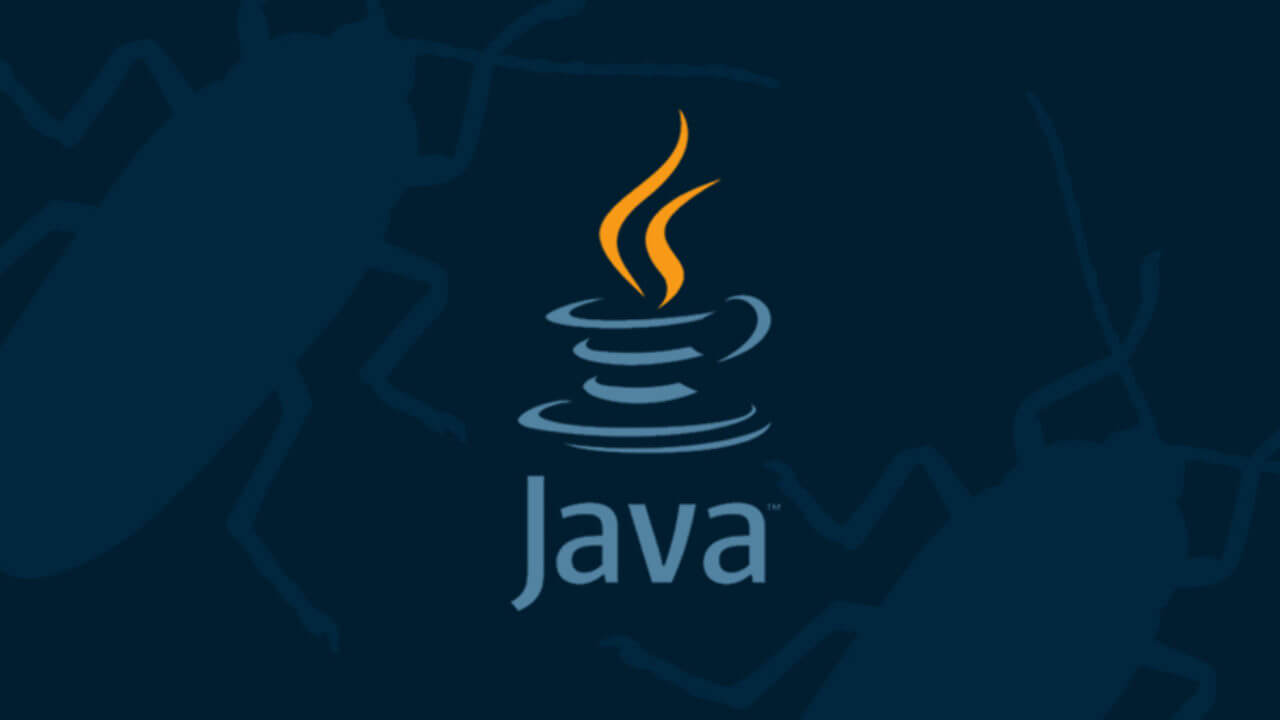监听器用于监听web应用中某些对象、信息的创建、销毁、增加,修改,删除等动作的发生,然后作出相应的响应处理。当范围对象的状态发生变化的时候,服务器自动调用监听器对象中的方法。常用于统计在线人数和在线用户,系统加载时进行信息初始化,统计网站的访问量等等。
按监听的对象划分,可以分为
ServletContext对象监听器
按监听的事件划分
对象自身的创建和销毁的监听器
示例:用监听器统计网站在线人数
原理:每当有一个访问连接到服务器时,服务器就会创建一个session来管理会话。那么我们就可以通过统计session的数量来获得当前在线人数。
监听器应用一般统计在线人数,闲着没事,写个笔记,我们项目中是这样做的
首先定义一个servlet 这个servelt 在服务器启动时,就会调用,初始化:
实现累计访问量的一个方法 1.web.xml的配置 1 2 3 4 5 6 7 8 <servlet > <servlet-name > VisitCounts</servlet-name > <servlet-class > com.sysware.framework.login.VisitCounts</servlet-class > <load-on-startup > 0</load-on-startup > </servlet >
2.项目登录页面可以获取访问本项目的总人数(init方法) 1 2 3 4 5 6 7 8 9 10 11 12 13 14 15 16 17 18 19 20 21 22 23 24 25 26 27 28 29 30 31 32 33 34 35 36 37 38 39 40 41 42 43 44 45 46 47 48 49 50 51 52 53 54 55 56 57 58 59 60 61 62 63 64 65 66 67 68 69 70 71 72 73 74 75 76 77 78 79 80 81 82 83 84 package com.sysware.framework.login; import java.io.BufferedReader;import java.io.File;import java.io.FileReader;import java.io.IOException; import javax.servlet.http.HttpServlet; public class VisitCounts extends HttpServlet { private static final long serialVersionUID = -6737156348721467846L ; public static int counts = 0 ; public static void setCounts (int counts) { VisitCounts.counts = counts; } public int getCounts () { return counts; } public void init () { String p = this .getClass().getClassLoader().getResource("" ).getPath(); File file = new File (p+File.separator +"visitCount.txt" ); if (file.exists()) { readFile(file); } else { try { file.createNewFile(); readFile(file); } catch (IOException e) { e.printStackTrace(); } } } @SuppressWarnings("static-access") public void readFile (File file) { BufferedReader reader = null ; String tempString = null ; try { reader = new BufferedReader (new FileReader (file)); while ((tempString = reader.readLine()) != null ) { VisitCounts.counts = Integer.parseInt(tempString); System.out.println(); this .setCounts(counts); } } catch (Exception e) { e.printStackTrace(); } } }
3.在用户登录时,数量加1并用流写到文件里面(doLogin方法里面处理) 1 2 3 4 5 6 7 8 9 10 if (loginInfo.isSuccess()) { VisitCounts.setCounts(VisitCounts.counts + 1 ); writeFile(); }<br><br> public void writeFile () {<br> <br> FileWriter filewrite = null ;<br> try {<br> <br>
以上,是实现累计访问量的一个方法;
下面说说实现在线人数,这个就要用到监听器的方式
实现在线人数 首先还是在 web.xml中配置你所写的监听器 1 2 3 4 <listener > <listener-class > com.sysware.framework.login.OnlineSessionListener</listener-class > </listener >
2.监听器类 1 2 3 4 5 6 7 8 9 10 11 12 13 14 15 16 17 18 19 20 21 22 23 24 25 26 27 28 29 30 31 32 33 34 35 36 37 38 39 40 41 42 package com.sysware.framework.login; import javax.servlet.http.HttpSessionAttributeListener;import javax.servlet.http.HttpSessionBindingEvent; import com.sysware.framework.commons.SystemConstants; public class OnlineSessionListener implements HttpSessionAttributeListener { @Override public void attributeAdded (HttpSessionBindingEvent event) { if (SystemConstants.SESSION_KEY.equals(event.getName())) { OnlineUserContext.getInstance().addSession(event.getSession()); } } @Override public void attributeRemoved (HttpSessionBindingEvent event) { if (SystemConstants.SESSION_KEY.equals(event.getName())) { OnlineUserContext.getInstance().removeSession(event.getSession()); } } @Override public void attributeReplaced (HttpSessionBindingEvent event) { if (SystemConstants.SESSION_KEY.equals(event.getName())) { OnlineUserContext.getInstance().replaceSession(event.getSession()); } } }
1 2 3 4 5 6 7 8 9 10 11 12 13 14 15 16 17 18 19 20 21 22 23 24 25 26 27 28 29 30 31 32 33 34 35 36 37 38 39 40 41 42 43 44 45 46 47 48 49 50 51 52 53 54 55 56 57 58 59 60 61 62 63 64 65 66 67 68 69 70 71 72 73 74 75 76 77 78 79 80 81 82 83 84 85 86 87 88 89 90 91 92 93 94 95 96 97 98 99 100 101 102 103 104 105 106 107 108 109 110 111 112 113 114 115 116 117 118 119 120 121 122 123 124 125 126 127 128 129 130 131 132 133 134 135 136 137 138 139 140 141 142 143 144 145 146 147 148 149 150 151 152 153 154 155 156 157 158 159 160 161 162 163 164 165 166 167 168 169 170 171 172 173 174 175 176 177 178 179 180 181 182 183 184 185 186 187 188 189 190 191 192 193 194 195 196 197 198 package com.sysware.framework.login;import java.util.ArrayList;import java.util.HashMap;import java.util.Iterator;import java.util.List;import java.util.Map;import java.util.Map.Entry;import javax.servlet.http.HttpSession;import com.sysware.framework.commons.SystemConstants;import com.sysware.framework.eobs.commons.ObjectCloneUtils;import com.sysware.utils.SyswareUtil;public class OnlineUserContext { private static OnlineUserContext onlineUserContext; private Map<String, HttpSession> onlineUserMap; private OnlineUserContext () { onlineUserMap = new HashMap <String, HttpSession>(); } public static OnlineUserContext getInstance () { return onlineUserContext == null ? onlineUserContext = new OnlineUserContext () : onlineUserContext; } synchronized void addSession (HttpSession session) { onlineUserMap.put(session.getId(), session); } synchronized void removeSession (HttpSession session) { if (onlineUserMap.containsKey(session.getId())) { onlineUserMap.remove(session.getId()); } } synchronized void replaceSession (HttpSession session) { addSession(session); } public boolean isLogged (String userId) { List<OnlineUserInfo> list = getOnlineUserInfoList(); for (OnlineUserInfo info : list) { if (info.isLogged() && info.getUserId().equals(userId)) { return true ; } } return false ; } public HttpSession getSession (String sessionId) { return onlineUserMap.containsKey(sessionId) ? onlineUserMap.get(sessionId) : null ; } public void removeSession (String sessionId) { HttpSession session = getSession(sessionId); if (!SyswareUtil.isEmpty(session)) { session.invalidate(); session = null ; } } public int getLoginUserCount () { int num = 0 ; List<OnlineUserInfo> list = getOnlineUserInfoList(); for (OnlineUserInfo info : list) { if (info.isLogged()) { num ++; } } return num; } public int getNoLoginUserCount () { int num = 0 ; List<OnlineUserInfo> list = getOnlineUserInfoList(); for (OnlineUserInfo info : list) { if (!info.isLogged()) { num ++; } } return num; } public int getOperatorCount () { return getOnlineUserInfoList().size(); } public synchronized List<OnlineUserInfo> getOnlineUserInfoList () { List<OnlineUserInfo> list = new ArrayList <OnlineUserInfo>(); Iterator<Entry<String, HttpSession>> iterator = onlineUserMap .entrySet().iterator(); while (iterator.hasNext()) { Entry<String, HttpSession> entry = iterator.next(); OnlineUserInfo info = ObjectCloneUtils.clone(getOnlineUserInfo(entry.getKey())); info.setSessionId(entry.getKey()); list.add(info); } return list; } private OnlineUserInfo getOnlineUserInfo (String sessionId) { HttpSession session = getSession(sessionId); return SyswareUtil.isEmpty(session) ? null : (Operator) session.getAttribute(SystemConstants.SESSION_KEY); } }
上面的方法,一个是在线统计人数,一个是实现总访问量,自己项目中运用的,做个笔记。
页面 1 2 3 <div class ="visit" > 当前访问数:<span id ="nowVisitCount" style ="color:#5374B1;" > <%=OnlineUserContext.getInstance().getLoginUserCount() %></span > </div > <div class ="count" > 累计访问数:<span id ="historyVisitCount" style ="color:#5374B1;" > <%=new LoginServiceImpl().getCounts()%></span > </div >
